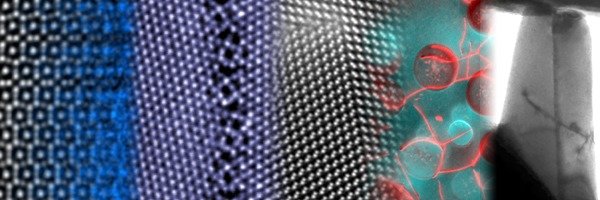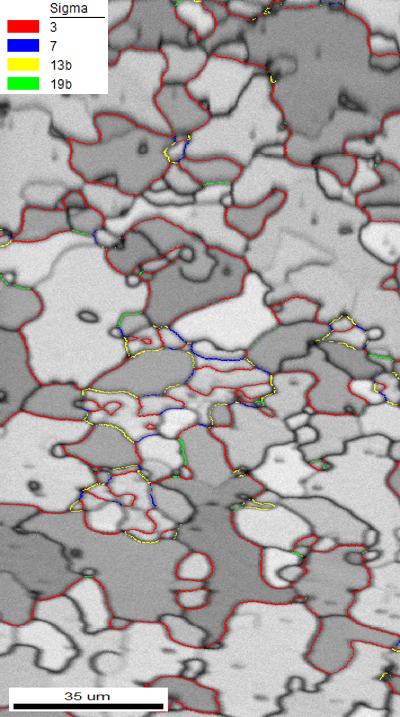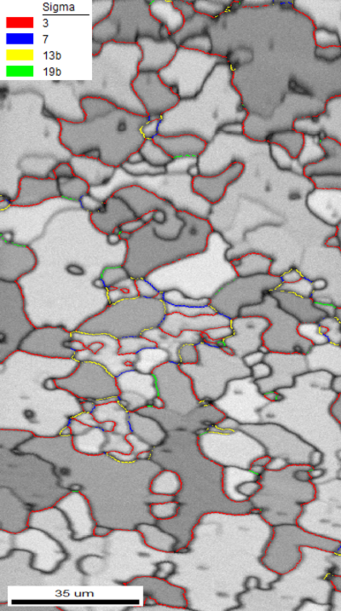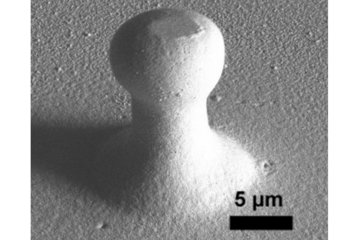
Tailoring grain boundary phase transformations in aluminum
In the first part of this project, we are focusing on the atomic structure and phase transformation in special grain boundaries in aluminum by using dedicated transmission electron microscopy techniques in combination with the atomistic simulations. Epitaxial aluminum thin films are deposited on sapphire substrate by molecular beam epitaxy or other physical vapor deposition techniques to establish a template based methodology for obtaining specific grain boundary types. Electron backscatter diffraction measurements are employed to characterize the global grain boundary structure and types present in the films. Focused ion beam sample preparation allows then to extract specific grain boundaries for further atomic scale investigations of their structure, chemistry and transitions.
The second part of the project is focusing on in-situ TEM experiments to study the phase transformation behavior of the pre-characterized grain boundaries. The main objective is to develop unified correlations of the grain boundary structure, their transitions and properties.
Last, but not least, we will explore the influence of impurity elements on the structure and properties of grain boundaries and how they can be utilized to tailor the phase behavior of these interfaces.
![Figure 1: Four ∑11 GB structures in Al for various inclination angles. The structures are viewed along the [110] tilt axis.](/3881092/original-1547112132.jpg?t=eyJ3aWR0aCI6MTM3OCwib2JqX2lkIjozODgxMDkyfQ%3D%3D--e16b9c6d7110b6378d52fceaf401b8e2a6f0d8c0)
Figure 1: Four ∑11 GB structures in Al for various inclination angles. The structures are viewed along the [110] tilt axis.

Figure 2: Various sigma boundaries in Aluminum thin film on Sapphire
![Figure 1: Four ∑11 GB structures in Al for various inclination angles. The structures are viewed along the [110] tilt axis. Figure 1: Four ∑11 GB structures in Al for various inclination angles. The structures are viewed along the [110] tilt axis.](/3881092/original-1547112132.jpg?t=eyJ3aWR0aCI6ODQ4LCJmaWxlX2V4dGVuc2lvbiI6ImpwZyIsIm9ial9pZCI6Mzg4MTA5Mn0%3D--6b8c58edb0e823785f8a1eb699659d470df79f17)












